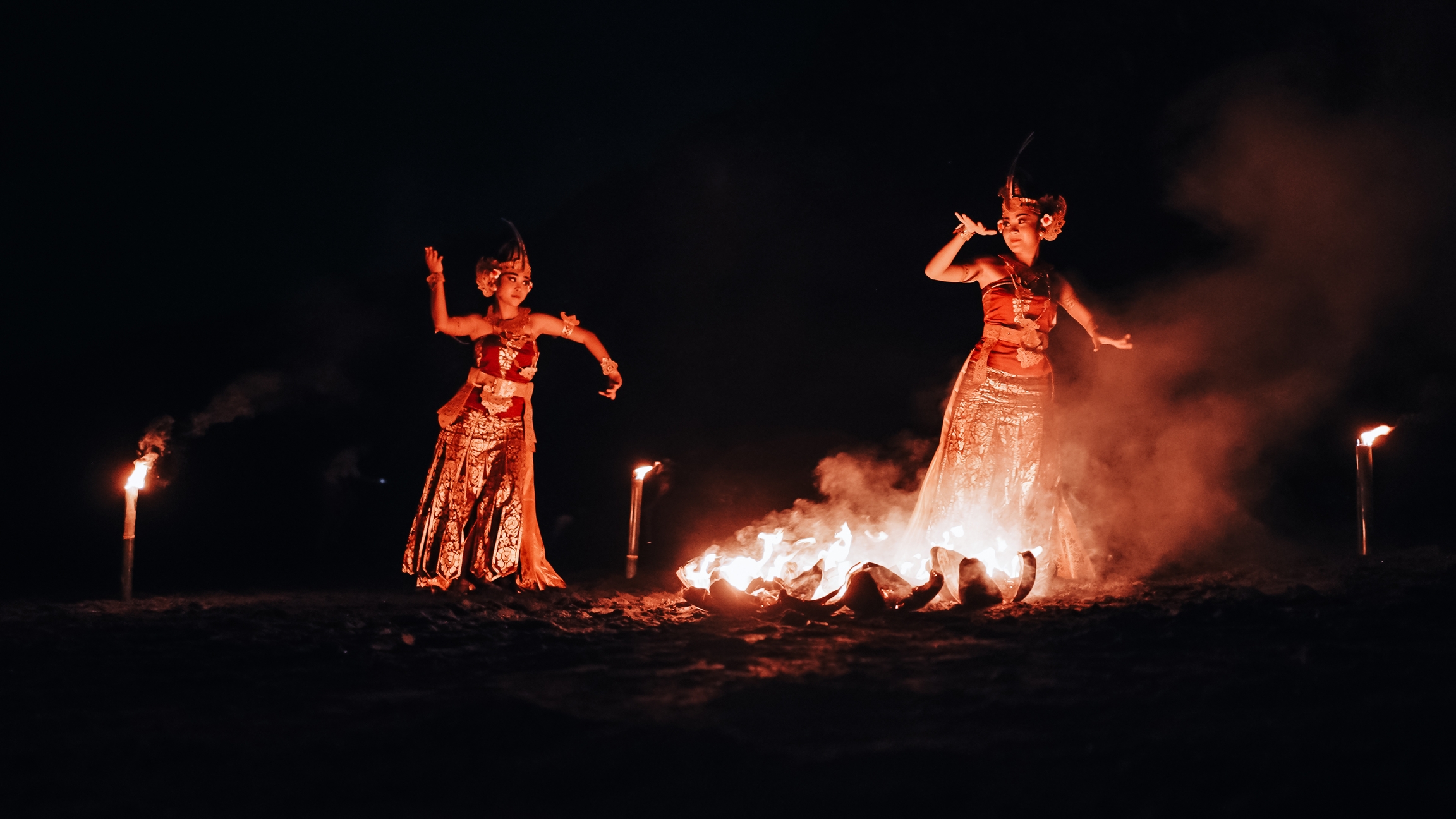📹Cultural Heritage NFTs
What is a Cultural Heritage NFT?
A Cultural Heritage NFT is a digital collectible of the tokenized documentation of cultural heritage curated and verified by leading anthropologists. It showcases ancestral living heritage such as traditional ceremonies, traditional craftsmanship knowledge, forms of wisdom and knowledge on nature and our universe, but also musical and oral expressions, dances, and pilgrimages, with a unique approach that encodes and protects them on the blockchain.
Why are Cultural Heritage NFTs important?
Differently from traditional museum institutions, which primarily focus on the collection, preservation, interpretation, and display of physical objects, Quantum Temple uses cinematic reportage to capture the authentic portrayal of living heritage from different cultures around the world. The tokenization of living cultural heritage enables:
The development of a decentralized record functioning as a memory code of knowledge that will be available to inform, inspire, and empower current and future generations.
The distribution of transparent, resilient and regenerative revenue streams for cultural keepers and their communities. When a Cultural Heritage NFT is purchased, 40% of primary sales and 4% of secondary sales directly benefit the cultural keepers who participated in its creation in perpetuity.
How are Cultural Heritage NFTs created and curated?
Quantum Temple’s model is based on a multidisciplinary alliance that brings together cultural keepers, local government institutions, civil society, leading curatorial anthropologists, and content creators to co-create and produce Cultural Heritage NFT collections.
Each Cultural Heritage NFT undergoes a thorough curatorial process not only to select the video content but also to encode vital ethnographic information in the metadata, thereby guaranteeing the NFT originality on-chain. The curatorial process is led by leading cultural anthropologists, historians, and linguists. Our first Genesis Cultural Heritage NFTs Collection: 'Paths to Älango' has been curated by renowned cultural anthropologist, Professor Steve Lansing, who was a key contributor to the nomination of Jatiluwih Rice Terrace (Bali, Indonesia) as a UNESCO World Heritage Site in 2012.
Lastly, Quantum Temple is currently designing and implementing cultural heritage tokenization standards following the guidelines of UNESCO, ICOMOS and ICCROM, the leading non-governmental international organizations dedicated to the conservation of tangible and intangible world heritage.
What are the benefits of purchasing a Cultural Heritage NFT?
By collecting Cultural Heritage NFTs, you will provide an important contribution to the custodianship of living heritage at the risk of being lost.
Cultural Heritage NFTs enable:
Personal right to use the visual content underlined by the NFTs.
Access to Quantum Temple's token-gated curated content and immersive digital and physical experiences.
A new way to digitally and physically connect with cultural keepers, their traditions and their lands.
What do Cultural Heritage NFTs look like?
Below you can find a preview of 1 out of the 9 Cultural Heritage NFTs that are part of the Genesis Collection based on Balinese heritage that will be released and auctioned in Q4 2022. It showcases the Chandrawasih, the dance of the Bird of Paradise.
Cendrawasih (Bird of Paradise) is a new dance in the ancient Legong dance tradition. Cendrawasih come from eastern Indonesia and Papua and are not found in Bali, but they play a key role in Balinese ideas about the journey to the afterlife (pitra yadnya), showing the way to the heavens. The Balinese call them manuk dewata, birds of the gods. The Cendrawasih dance depicts the courtship rituals for which the birds are famous. This vivid performance is played out by two expert female dancers, making uniquely birdlike movements such as standing en pointe, twisting their hands or flicking their eyes left to right. In their feathered headdresses and pink-stripe skirts that flutter and catch the light as they move, the dancers mirror the appearance of the manuk dewata, or bird of the gods. A Cendrawasih dance created by I Gde Manik was first performed in the Sawan region in the 1920’s. This dance was choreographed by Swasthi Wijaya Bandem in 1988.
Have any questions or feedback? Reach out: hello@quantumtemple.io 😊
Last updated
